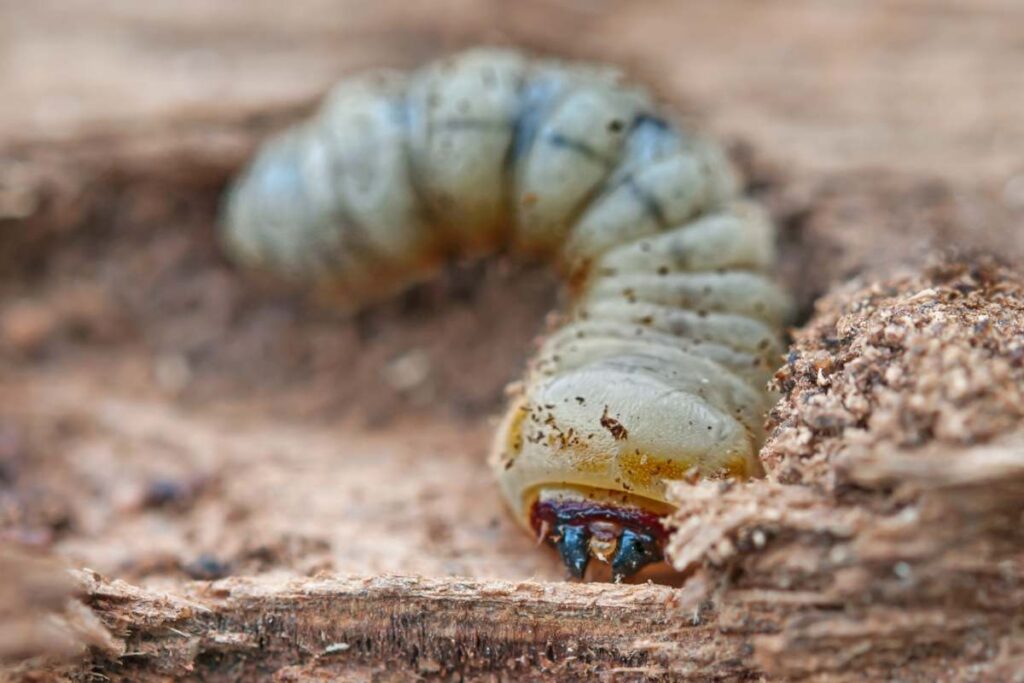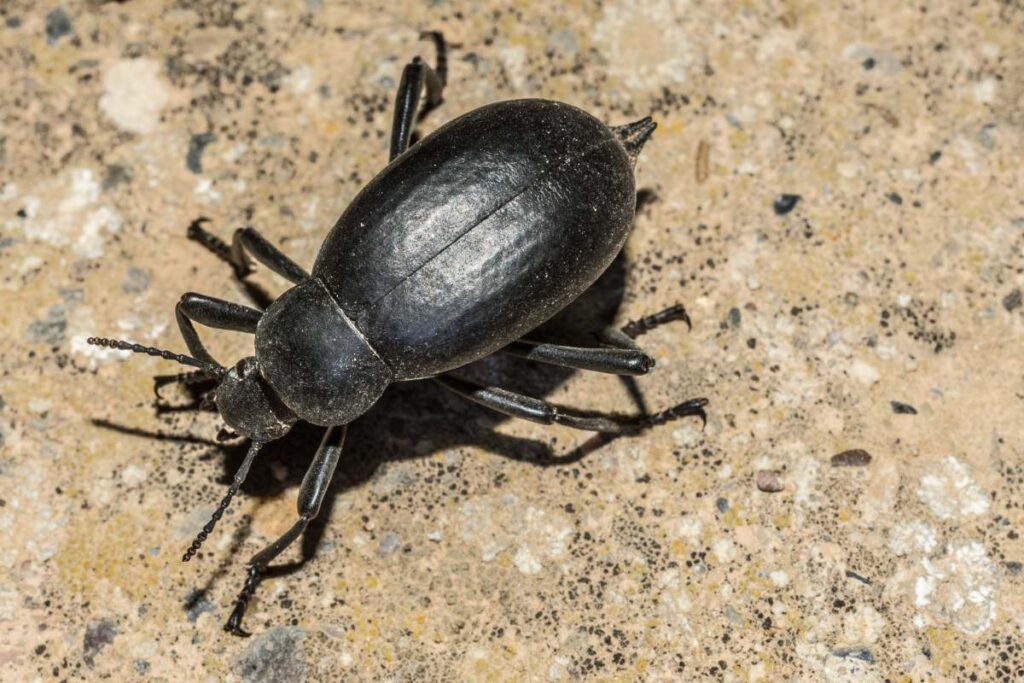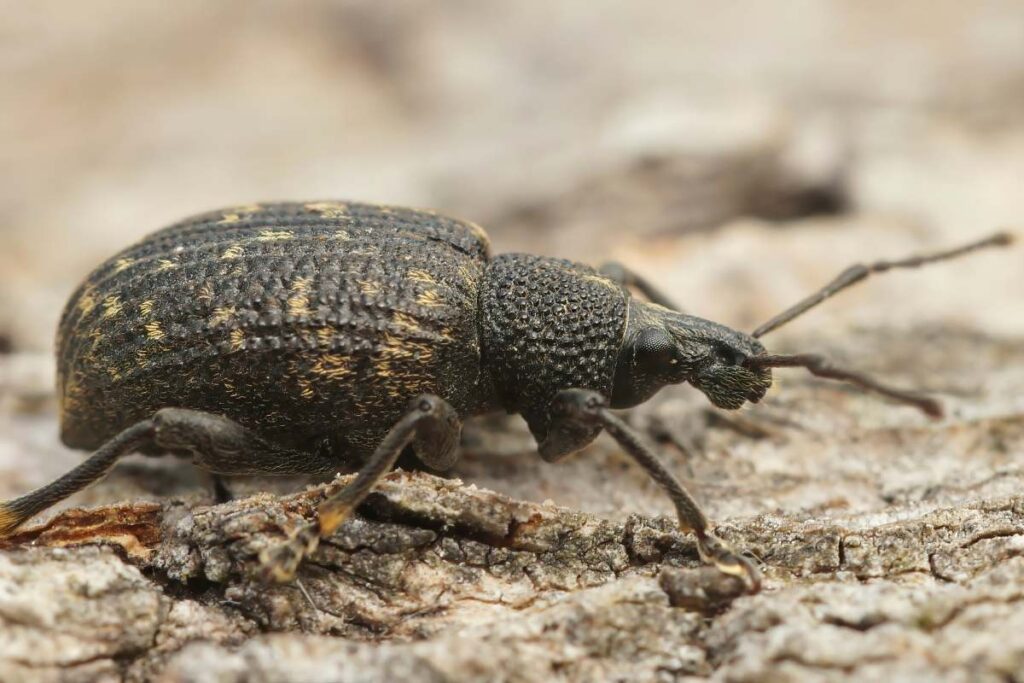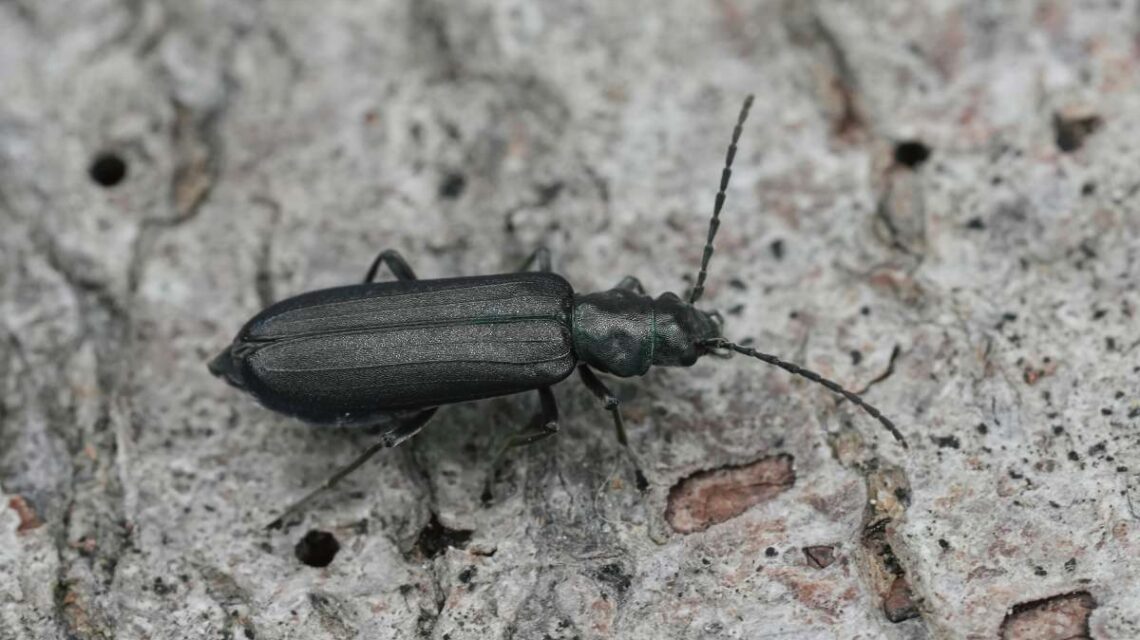House borers are more than just a minor inconvenience—they can pose a serious threat to the integrity of your home. These destructive beetles target wooden structures, causing damage that can lead to costly repairs if not addressed promptly. Understanding what house borers are, how they damage wood, and the treatment options available can help you make informed decisions about how to protect your home.
In this article, we will explore the nature of house borers, including their life cycle and the signs of an infestation, as well as provide a detailed overview of the costs associated with treating these pests in Australia. Whether you’re dealing with a current infestation or looking to prevent future problems, this guide will give you the information you need to manage house borer issues effectively.
Related article:
What is a House Borer?
House borers are beetles that belong to the family Bostrichidae and other related families. These insects are commonly found in homes and can cause significant damage to wooden materials. They lay their eggs in wood, and when the larvae hatch, they burrow into the wood to feed and grow. This burrowing process can weaken the structure of the wood, which can lead to serious damage over time.
A house borer is a type of insect known for damaging wooden structures and furniture. These pests are more than just a nuisance; they can cause serious harm to homes and other wooden objects.
Life Cycle of House Borers
Understanding the life cycle of house borers is key to effectively managing and preventing infestations. The life cycle of these pests involves several stages, each with distinct characteristics and behaviours that contribute to the damage they cause. Here’s a detailed look at each stage of the house borer life cycle.
1. Egg Stage
Description: The life cycle of a house borer begins when an adult female beetle lays eggs. These eggs are typically laid in cracks, crevices, or on the surface of wooden materials.
Duration: The egg stage lasts about 1 to 2 weeks, depending on environmental conditions such as temperature and humidity.
Key Facts:
- Eggs: Tiny, white or cream-coloured eggs.
- Laying Sites: Females look for damp or decaying wood to lay their eggs, as these conditions are ideal for the survival of the larvae.
2. Larval Stage
Description: Once the eggs hatch, they release larvae. The larvae are the primary wood-damaging stage of the house borer’s life cycle.
Duration: The larval stage can last from 6 months to several years, depending on the species and environmental conditions.
Key Facts:
- Larvae: Creamy white or yellowish worms with a soft, legless body.
- Behaviour: Larvae burrow into the wood to feed on the cellulose, creating tunnels and galleries as they grow.
- Damage: The feeding activity of larvae causes significant damage to wooden structures and furniture.

3. Pupal Stage
Description: After the larvae have matured, they enter the pupal stage. During this time, they undergo transformation into adult beetles.
Duration: The pupal stage lasts about 2 to 4 weeks.
Key Facts:
- Pupae: Soft, whitish to light brown in color.
- Transformation: Pupae are found within the tunnels or galleries made by the larvae. This stage is relatively inactive as the beetle undergoes metamorphosis.
4. Adult Stage
Description: The final stage of the house borer’s life cycle is the adult beetle. Adult beetles are the reproductive phase and are responsible for spreading the infestation.
Duration: The adult stage lasts about 2 to 4 months.
Key Facts:
- Adults: Typically dark brown or black beetles, often with a rough or textured appearance.
- Behaviour: Adults emerge from the wood through small exit holes to find mates and lay eggs. They are also the stage most commonly observed in the open.
- Reproduction: After mating, females lay eggs, continuing the cycle.
Summary of the House Borer Life Cycle
| Stage | Duration | Description | Key Characteristics |
|---|---|---|---|
| Egg | 1 to 2 weeks | Tiny, white or cream-colored eggs in wood cracks. | Female beetles lay eggs in damp wood. |
| Larva | 6 months to several years | Creamy white or yellowish worms feeding on wood. | Main wood-damaging stage, creating tunnels. |
| Pupa | 2 to 4 weeks | Whitish to light brown, transforming into adults. | Inactive stage, developing into adult beetles. |
| Adult | 2 to 4 months | Dark brown or black beetles, seeking mates. | Responsible for reproduction and spreading infestation. |
Managing Each Stage of the Life Cycle
Understanding each stage can help you manage house borer infestations more effectively:
- Eggs: Keep wooden areas dry and seal potential entry points to prevent egg laying.
- Larvae: Regular inspections and treatment of affected wood can target larvae.
- Pupae: Treatment methods such as insecticides can penetrate galleries where pupae reside.
- Adults: Adult beetles can be trapped or managed through targeted treatments to prevent further egg-laying.
Prevention and Treatment Strategies
To manage house borer infestations, consider the following strategies for each stage of the life cycle:
- Preventing Infestations: Regularly inspect wooden structures, control moisture levels, and seal cracks.
- Treating Infestations: Use insecticides, heat treatments, or fumigation based on the severity of the infestation. Professional pest control services can help manage advanced cases.
How Do House Borers Damage Wood?
The damage caused by house borers begins when the female beetle lays eggs in cracks or crevices of wooden surfaces. Once the eggs hatch, the larvae tunnel through the wood to feed. This feeding process creates small, irregular tunnels or galleries inside the wood.
As the larvae grow, they continue to make these tunnels larger. When they reach maturity, they emerge from the wood as adult beetles, leaving behind small holes and sawdust-like powder.
The presence of these holes and the powdery residue, known as “frass,” are signs that house borers are active in your home. The damage caused by their burrowing can compromise the integrity of wooden structures, including beams, furniture, and flooring.

Identifying House Borers
Identifying house borers can be tricky, especially since they are often hidden inside the wood. Look for the following signs to determine if you might have a house borer problem:
- Small Holes in Wood: Adult beetles leave behind small, round holes when they exit the wood.
- Powdery Residue: Frass is a sign that the larvae are feeding inside the wood.
- Damaged Wood: Look for weakened or soft spots in wooden structures.
If you notice these signs, it’s a good idea to inspect the affected areas more closely or seek professional help to confirm the presence of house borers.
How to Prevent House Borer Infestations
Preventing house borer infestations involves several steps:
- Regular Inspections: Check wooden structures and furniture for signs of damage or infestation.
- Control Moisture: House borers are attracted to damp wood. Fix leaks and use dehumidifiers to keep wood dry.
- Seal Cracks and Crevices: Fill in any gaps where beetles could enter or lay eggs.
- Treat Wood: Use wood preservatives and treatments to make the wood less attractive to house borers.
How to Treat a House Borer Infestation
If you discover house borers in your home, there are several treatment options:
- Insecticides: Apply insecticides specifically designed for house borers. Follow the instructions carefully for best results.
- Professional Pest Control: In severe cases, it’s best to hire a pest control professional who can use specialized equipment and treatments.
- Replace Damaged Wood: Sometimes, the best solution is to remove and replace heavily infested wood.
How Much Does House Borer Treatment Cost in Australia?
The cost of treating house borers in Australia can vary widely depending on several factors, including the severity of the infestation, the size of the affected area, and the methods used for treatment. Here’s a detailed breakdown of what you might expect to pay for house borer treatment and the factors that influence these costs.
Basic Treatment Costs
For a standard house borer treatment, you can expect to pay anywhere from $200 to $1,500. This range covers a variety of treatment options:
- Inspection Fees: Initial inspections can cost between $100 and $300. This cost may be included in the treatment package if you decide to proceed with the treatment.
- Chemical Treatments: Applying insecticides or wood preservatives can cost between $200 and $600, depending on the size of the area that needs treatment.
- Spot Treatments: For minor infestations, spot treatments might be sufficient and could cost $200 to $400.

Advanced Treatment Methods
For more severe infestations, advanced treatment methods are often required, and these can be more expensive:
- Heat Treatments: Heat treatments involve raising the temperature in the affected area to a level that kills house borers. This method can cost between $800 and $1,500.
- Fumigation: In severe cases, fumigation might be necessary. This comprehensive treatment can range from $1,200 to $2,500 depending on the size of the property and the extent of the infestation.
Additional Costs
Besides the primary treatment costs, there may be additional expenses:
- Repairs: If the wood has been significantly damaged, you might need to budget for repairs. Costs can vary widely, from $100 to several thousand dollars depending on the extent of the damage.
- Ongoing Maintenance: To prevent future infestations, you might need ongoing maintenance or treatments, which could be an additional $100 to $300 per year.
Factors Affecting the Cost
Several factors can influence the cost of house borer treatment:
- Size of the Property: Larger properties or areas with extensive infestations will generally cost more to treat.
- Severity of the Infestation: More severe infestations that require extensive treatment methods will be more expensive.
- Location: Costs can vary by region. For example, treatments might be more expensive in major cities like Sydney or Melbourne compared to regional areas.
- Service Provider: Different pest control companies have varying pricing structures, so it’s a good idea to get quotes from several providers.
How to Save on House Borer Treatment Costs
Here are some tips to potentially save on treatment costs:
- Compare Quotes: Get multiple quotes from different pest control companies to find the best deal.
- Check for Discounts: Some companies offer discounts for new customers or bundled services.
- Regular Inspections: Regular inspections can help catch problems early and potentially reduce the cost of treatment.
In summary, the cost of house borer treatment in Australia can range from $200 to $2,500 depending on the severity of the infestation, the treatment methods used, and other factors. It’s important to get a professional inspection to accurately assess the problem and receive a detailed quote. Regular maintenance and early intervention can help manage costs and protect your home from future infestations.
If you’re dealing with house borers, contacting a pest control professional to discuss your options and get a clear estimate will help you understand the costs involved and plan your treatment effectively.
Conclusion
Dealing with house borer infestations quickly is crucial to prevent significant damage. Understanding the costs and treatment options available can help you manage the situation effectively. The expenses for house borer treatment in Australia vary based on the severity of the infestation, the size of the property, and other factors. Recognizing the signs of house borers and taking preventive measures can help reduce the risk of an infestation and protect your home from future damage.
Regular inspections, prompt treatment, and informed decisions about treatment methods can save you time, money, and stress in the long run. If you think you have a house borer problem, seeking professional advice and comparing quotes will help you find the best solution for your needs.



